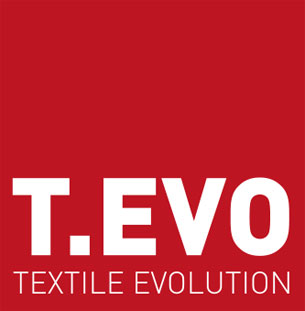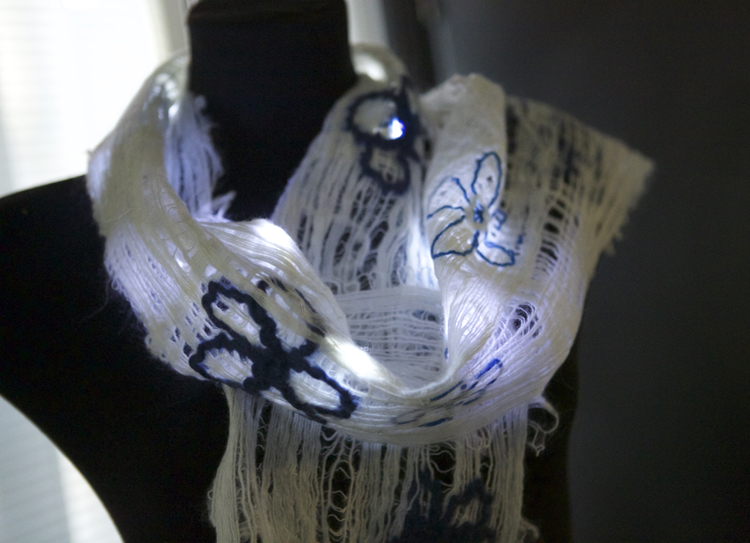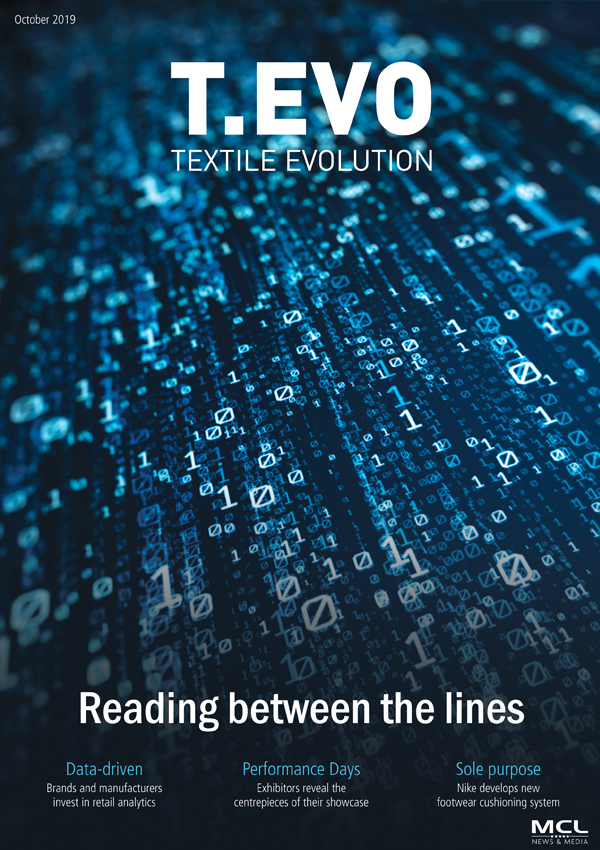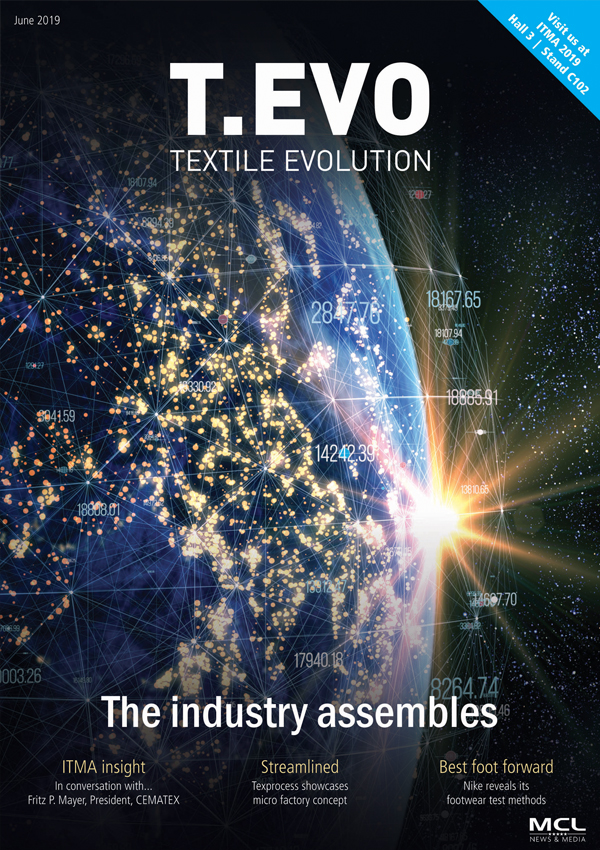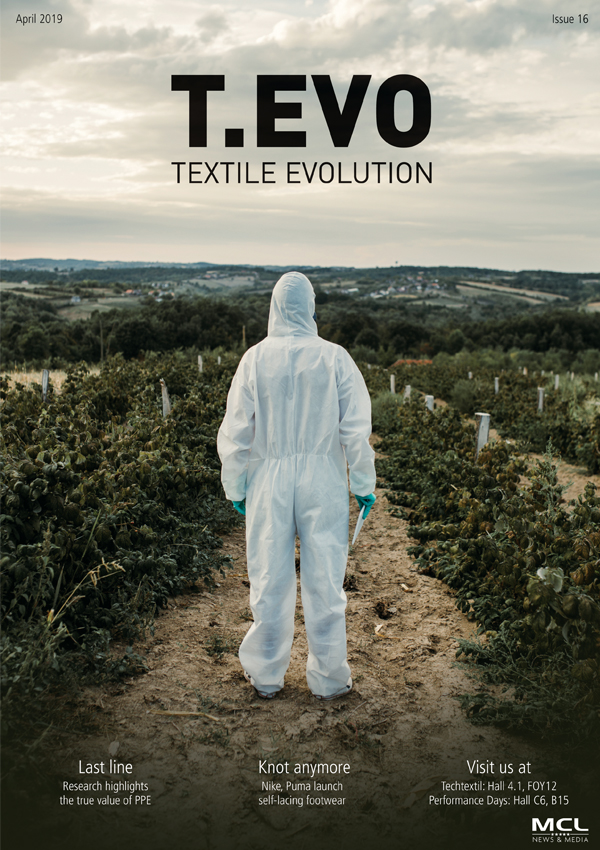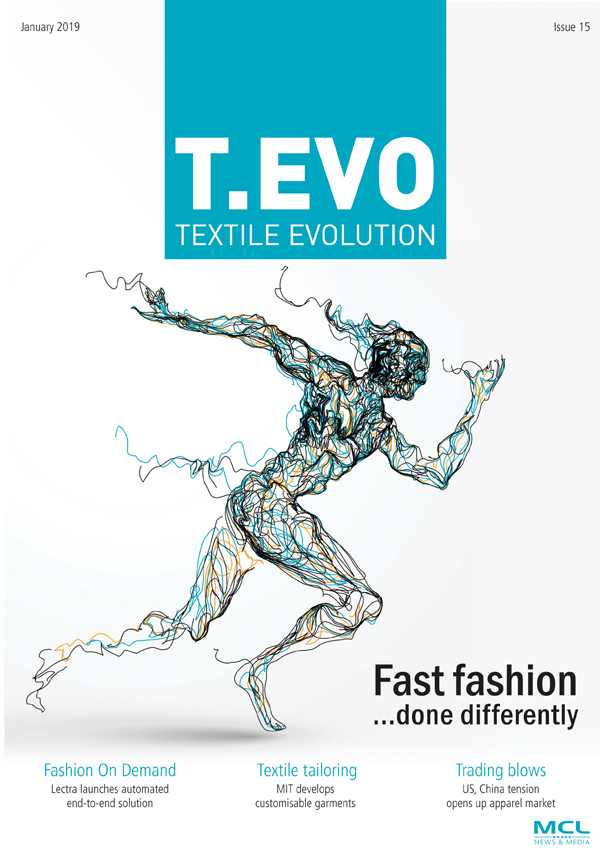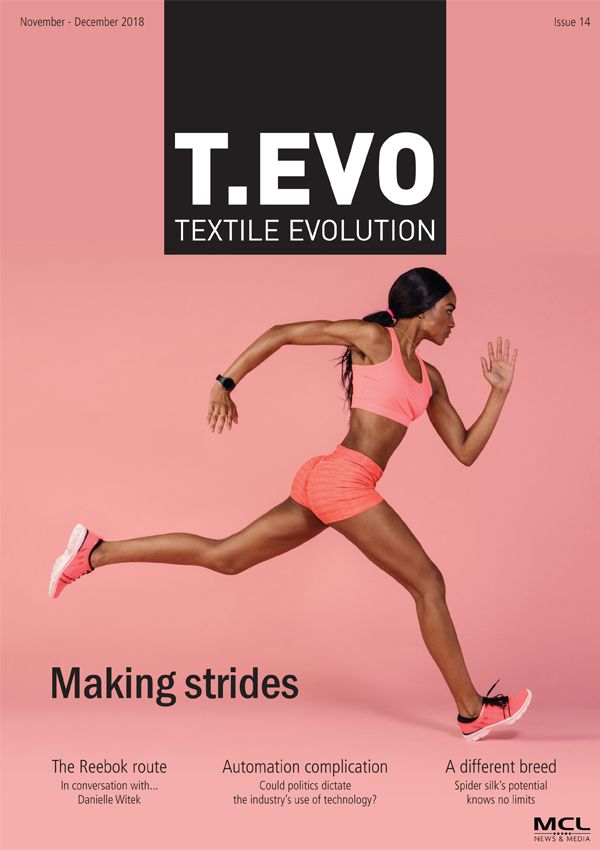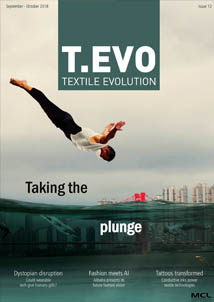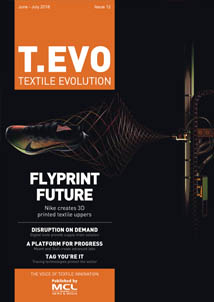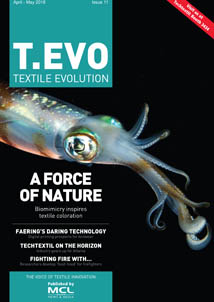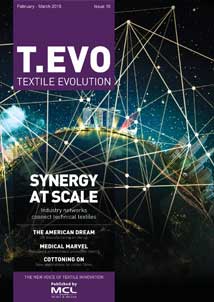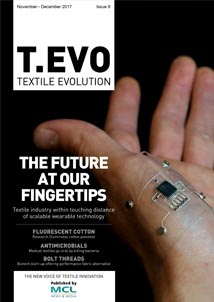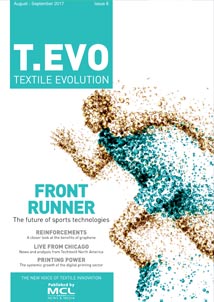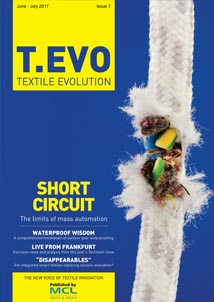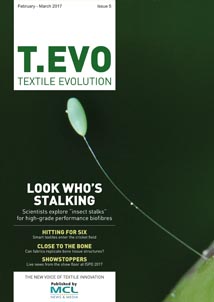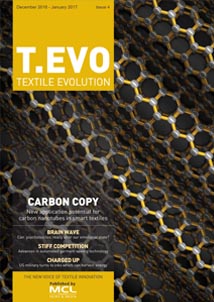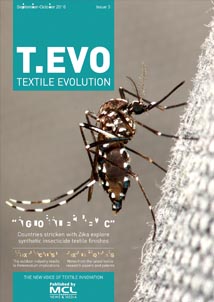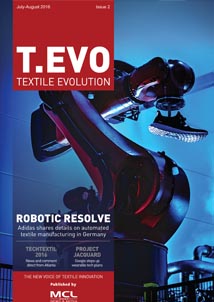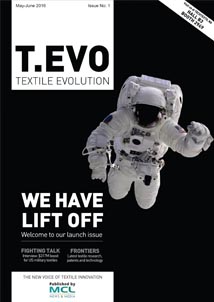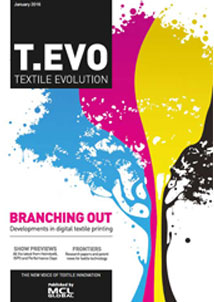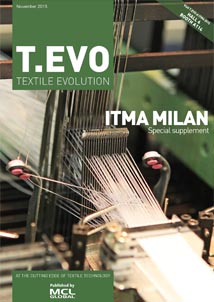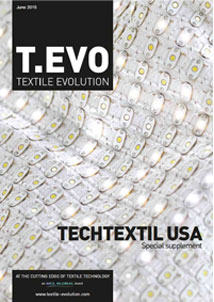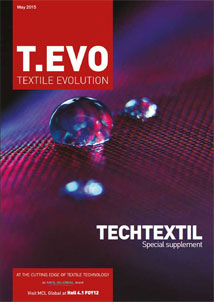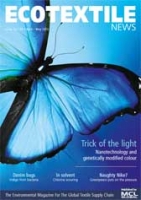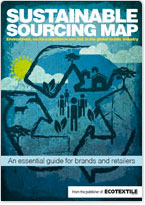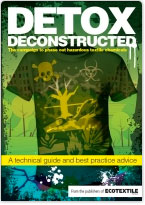NOTTINGHAM – A textile designer in the UK has developed a new type of fabric called the ‘space cloth’ which, as the first ever type of nonwoven material made entirely from yarn, is claimed to have the potential to revolutionise the textile industry – particularly in the field of smart textiles and wearable electronics.
Working alongside the Nottingham Trent University’s Advanced Textile Research Group, student Sonia Reynolds says the development is unlike traditional woven or knitted fabrics which are made by the interloping or interlacing of yarns.
Instead, this fabric – dubbed as the ‘Zephlinear’ space cloth – is made by a newly established process known as yarn surface entanglement. Reynolds tells us this type of irreversible process is only visible under a microscope and can provide fibres with incredible strength.
As such, it is expected that the material has strong potential for use as a smart textile component due to its unique yarn structure to encase copper wiring, light emitting diodes (LEDs) and more.
The university says the name Zephlinear derives from the merger of the words zephyr and linear, while it was also given the nickname ‘space cloth’ due to its appearance and its smart textile capabilities.
“This is a real breakthrough for the textile industry,” says Reynolds. “It’s the first nonwoven material made from yarn and promises major benefits for the future of clothing, and more.
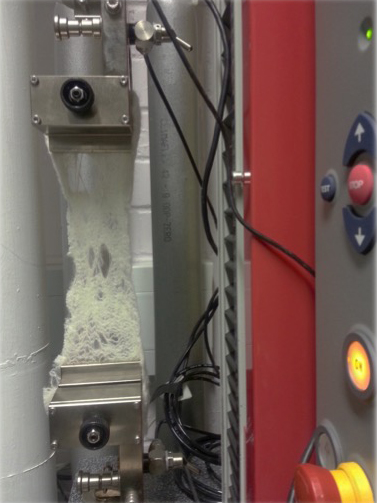
“Because of the material’s linear channels of yarn, it has great potential to be used as a smart textile. In particular, we believe it lends itself well to being embedded with microcapsules containing medications or scents, to either help deliver drugs to specific parts of the body or to create antibacterial and aromatic clothing.
“As the material is visually different, it has potential to be used for other applications as well, such as wall coverings, in addition to clothing. It's also much less labour intensive to make than knit or weave fabrics, and is a more environmentally friendly material to produce.”
The patent pending material – which was recently presented at the Wearable Technology Show, USA, by Reynolds – is claimed to be at its strongest and most efficient when created from natural yarns such as one hundred per cent wool, and wool/silk mixtures, though it can also be made from synthetic yarns.
Professor Dias, who leads the university’s Advanced Textiles Research Group, added: “Zephlinear is a remarkable development in an industry which is advancing at an incredible pace.
“We believe it has huge potential for textiles, and we have already found that it combines well with e-textile technologies such as heated textiles or textiles with embedded LEDs. As a fabric it is very lightweight and flexible, and it retracts back to its original shape well after it has been stretched.
“We're very much looking forward to developing the material further and feel certain that it will help provide people with smarter and more environmentally friendly clothing in the future.”
